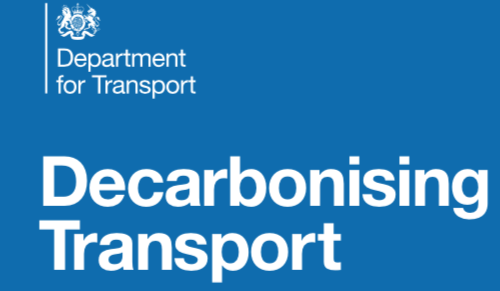The Department for Transport has published its 218-page detailed Decarbonisation Plan. Boosting cycling and walking features first amongst the measures for reducing the carbon emissions of individual modes of travel, with £2 billion to be invested over five years to make active modes the first choice for many journeys. The aim is to have half of all journeys in towns and cities cycled or walked by 2030.
However, the expected carbon reductions are only 1-6 MtCO2e over the period 2020 to 2050 (page 53 of the Plan), which is tiny in relation to UK domestic transport carbon emissions of 122 MtCO2e in the single year 2019 (page 15).
In contrast, the emission reductions expected from electrification of cars and vans amounts to 620-850 MtCO2e over the period 2020-2050 (page 87).
The DfT’s very small expectations of carbon reduction from increased investment in cycling is consistent with the evidence that you can attract people off the buses onto bikes, but it is much harder to get them out of their cars, as seen in Copenhagen and elsewhere.
Altogether, it seems that the DfT’s apparent enthusiam for cycling is virtue signalling, with low expectations of real carbon reduction benefits.

